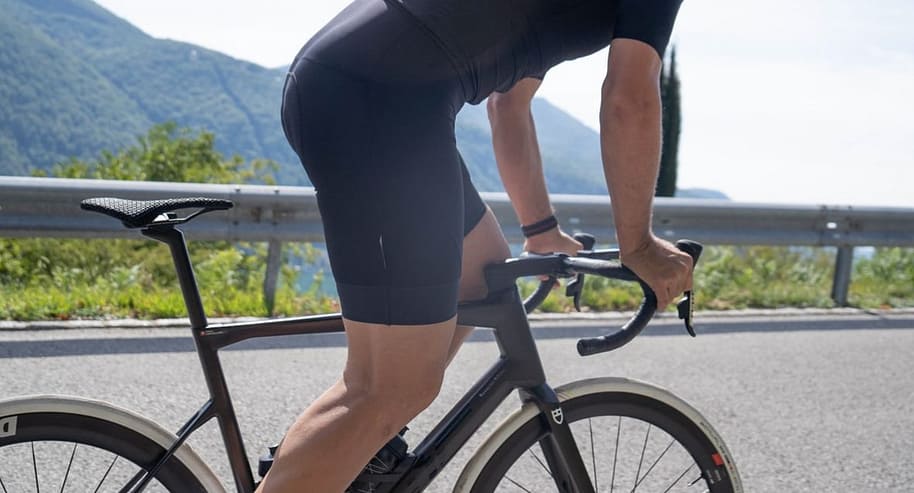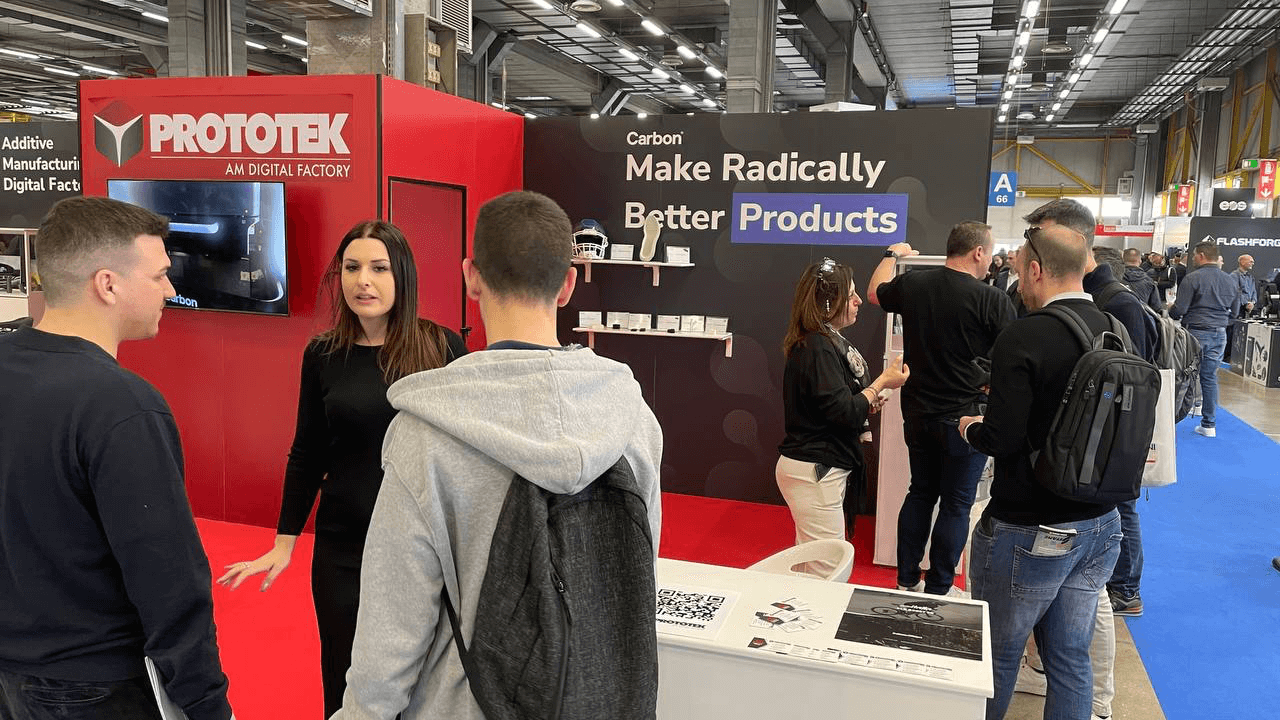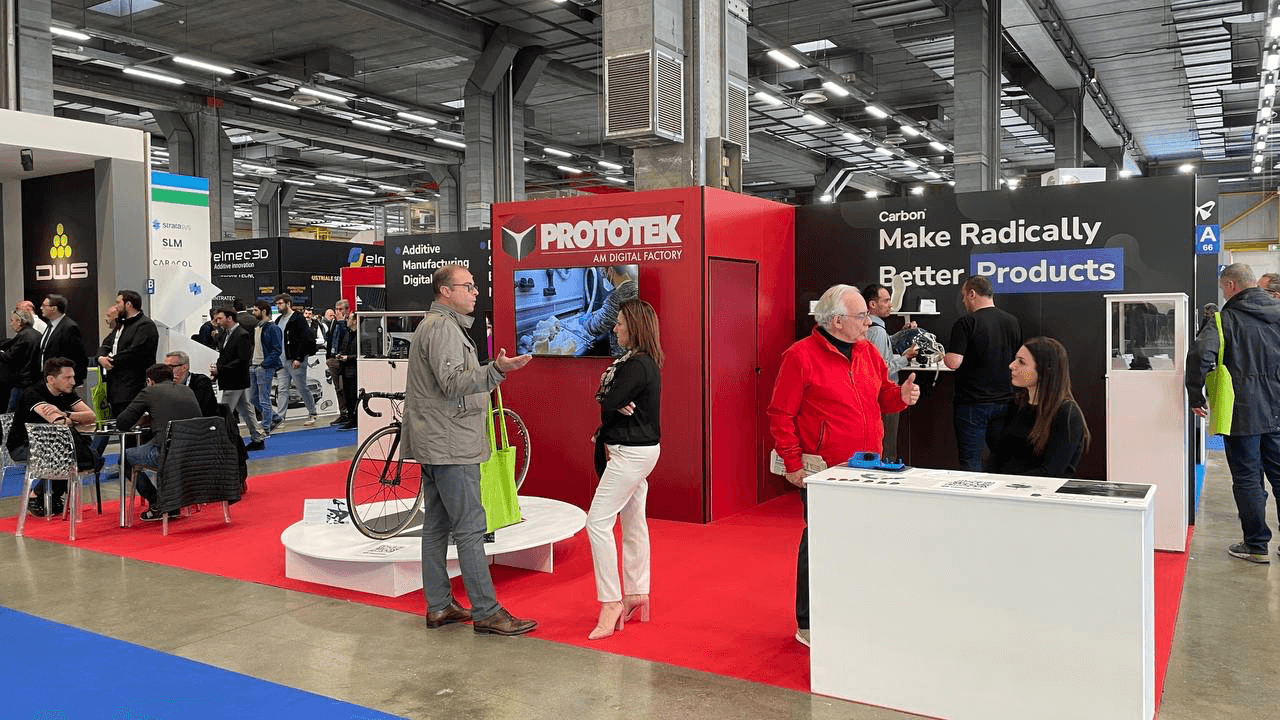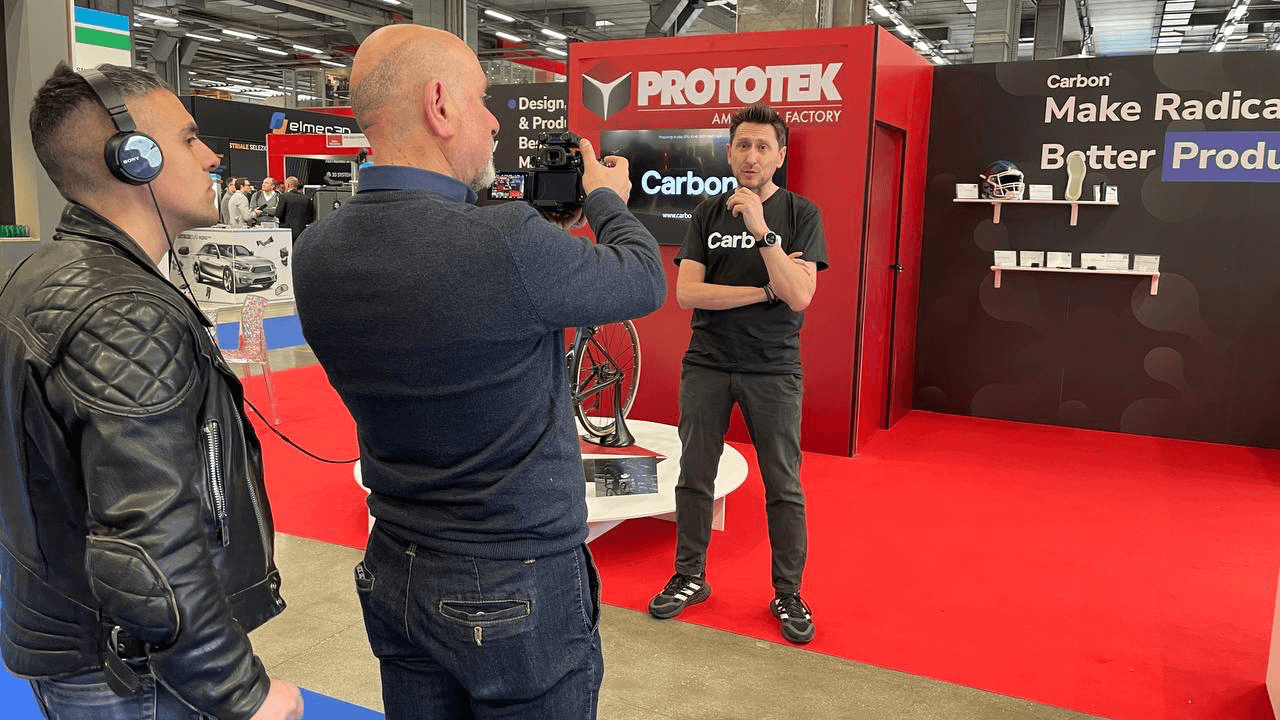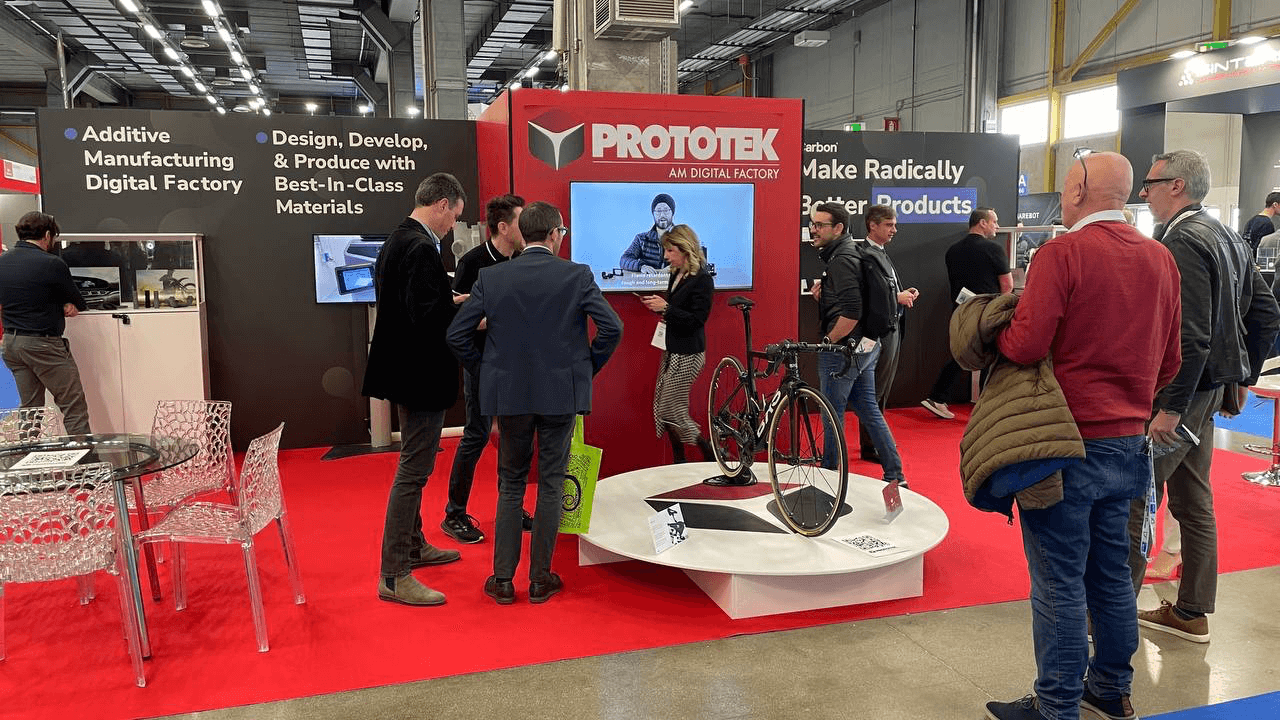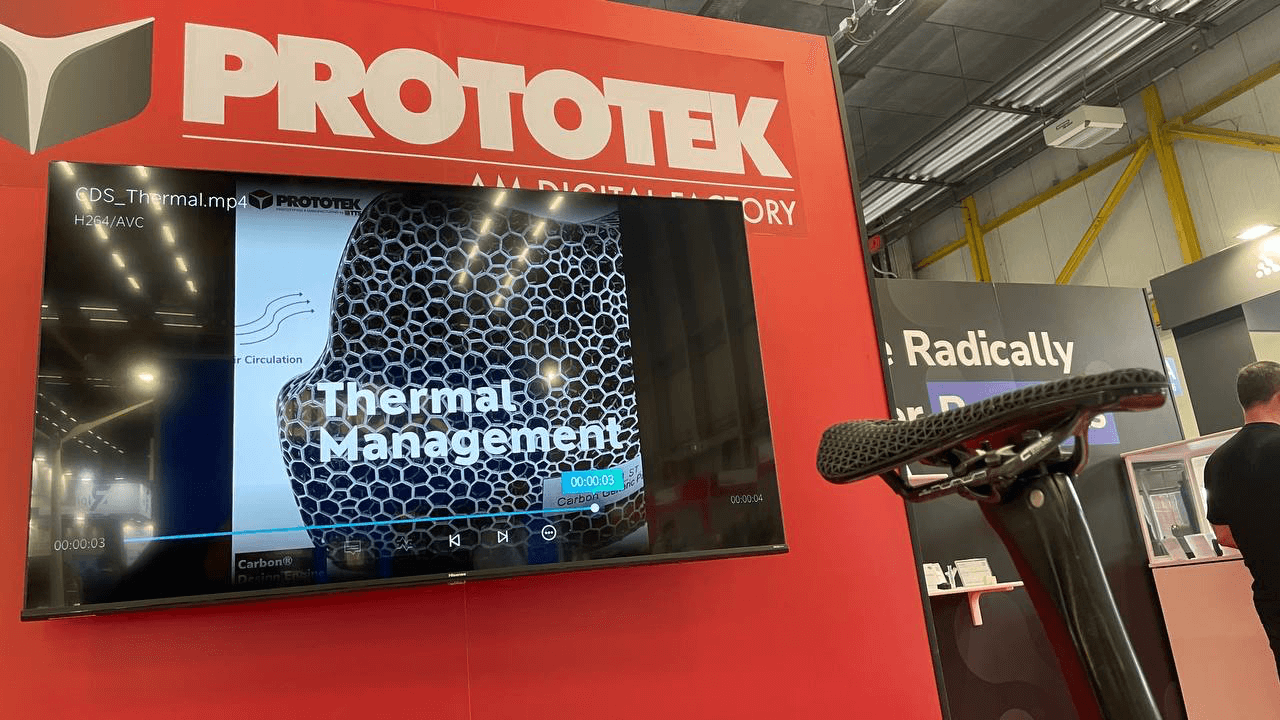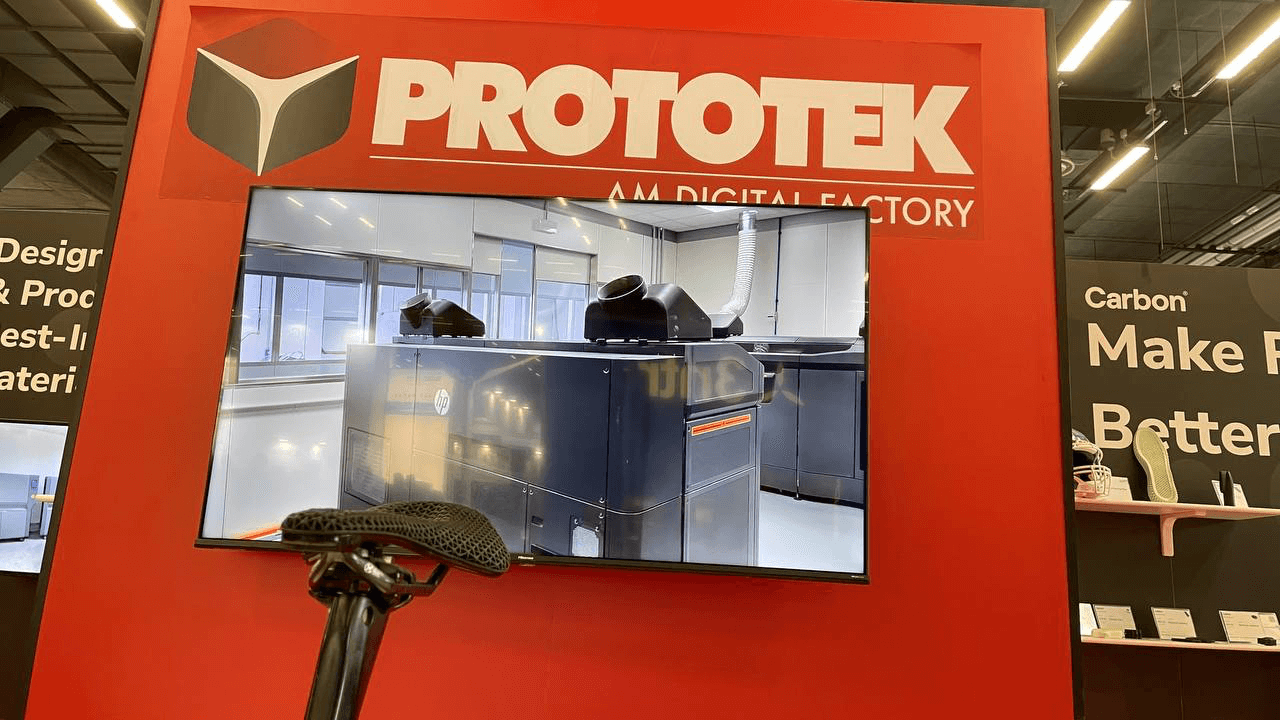Revolutionizing Cycling:
EPU 41 Carbon 3D-Printed Saddles by Selle Italia & Prototek
Introduction: the new era of 3D-Printed Saddles
The cycling world is experiencing a technological leap with 3D-printed saddles. These innovative solutions combine additive manufacturing with advanced materials to deliver unmatched comfort, performance, and durability. Selle Italia, in collaboration with Prototek, has pioneered this approach using EPU 41 Carbon, an elastomeric polyurethane material that sets new benchmarks for professional and amateur cyclists alike.
Whether you are a brand-loyal rider familiar with Selle Italia and Carbon technologies or a problem-focused cyclist seeking solutions for discomfort and vibration, 3D-printed saddles represent a revolution in cycling ergonomics.
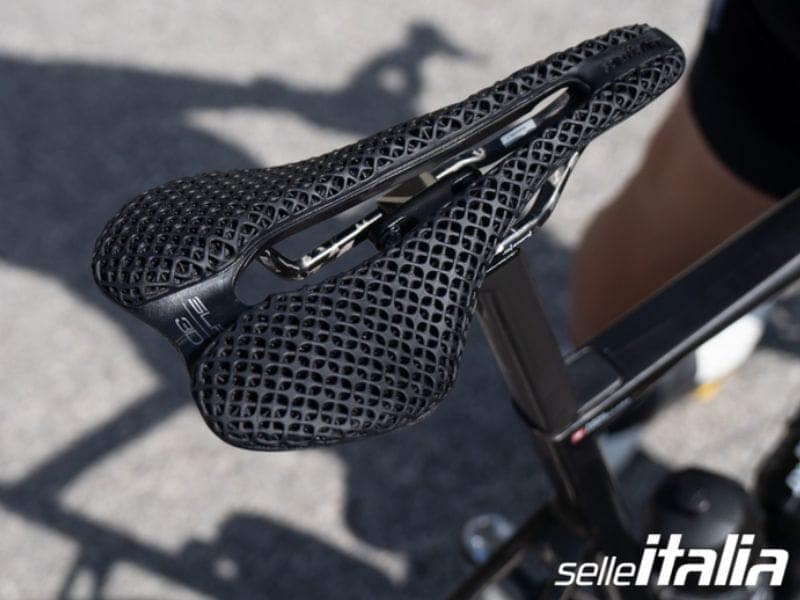
The evolution of cycling saddles
Traditional cycling saddles are typically made from foam, gel, or standard polymer materials. While functional, these saddles often fail to address specific rider needs, particularly in high-performance or long-distance cycling.
Limitations of traditional saddles
Uniform padding that doesn’t adapt to individual anatomy
Limited shock absorption and energy return
Difficulty achieving a balance between lightweight design and comfort
The introduction of 3D-printed saddles overcomes these issues by allowing designers to customize cushioning, geometry, and stiffness for each saddle. With 3D printing, it’s possible to create complex lattice structures and differentiated zones that optimize pressure distribution, support, and energy efficiency.
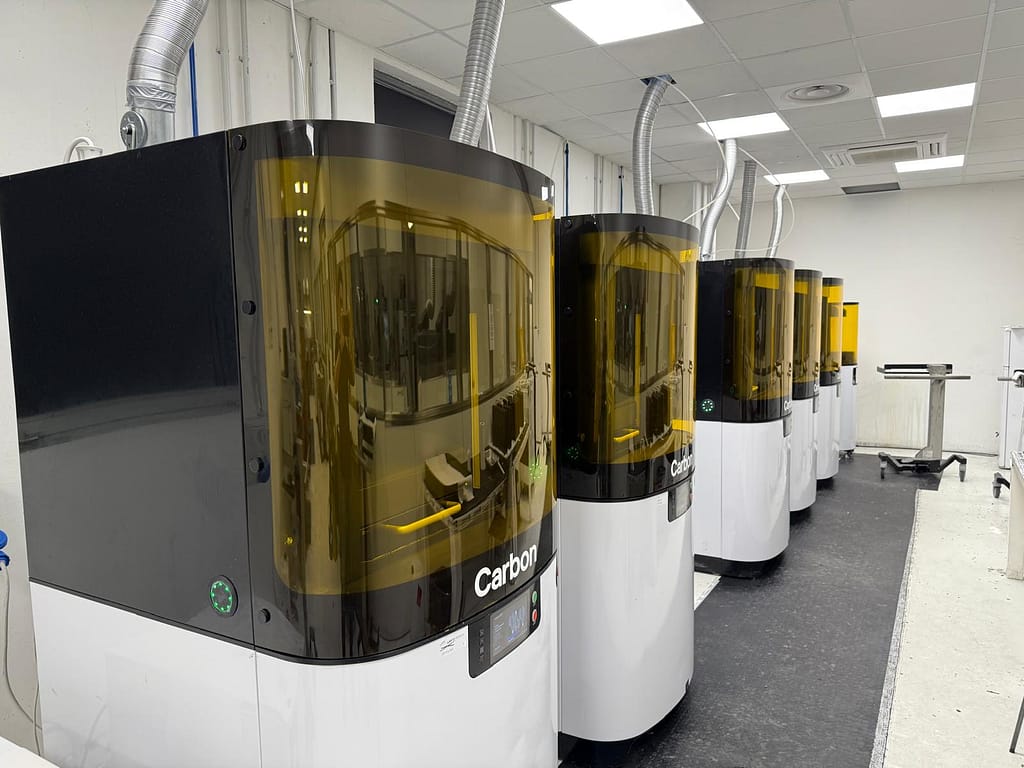
Why EPU 41 Carbon is a game-changer
EPU 41 Carbon, developed by Carbon, is a high-performance elastomeric polyurethane used in 3D-printed saddles. It combines elasticity, tear resistance, and energy return to produce a saddle that adapts dynamically to the rider’s movements.
Key Benefits of EPU 41 Carbon
Progressive Shock Absorption: Reduces vibration and fatigue on long rides
High Energy Return: Maximizes pedaling efficiency by converting absorbed impact into forward motion
Durability and Tear Resistance: Maintains performance and shape over thousands of kilometers
Lightweight Structure: Ensures a low weight-to-performance ratio, crucial for racing
By integrating this material into additive manufacturing, Selle Italia and Prototek have crafted saddles that redefine comfort and efficiency for cycling enthusiasts.
Design innovation in 3D-Printed Saddles
The collaboration between Selle Italia and Prototek has produced groundbreaking models of 3D-printed saddles, each tailored to different cycling disciplines and rider needs.
SLR Boost 3D
Intended Use: Racing
Features: Thin, aerodynamic design, differentiated cushioning, progressive shock absorption
Rails: Carbon or titanium for lightweight strength
Benefit: Optimized comfort without sacrificing speed or efficiency
Novus Boost Evo 3D
Intended Use: Gravel, endurance, long-distance cycling
Features: Ergonomic structure with dual-layer 3D cushioning
Benefit: Reduces vibration, improves stability, perfect for long rides
WATT 3D
Intended Use: Triathlon and time trials
Features: Aerodynamic tip, anti-slip surface, double-layer 3D cushioning with progressive zones
Benefit: Maintains stable, efficient riding position, maximizes comfort during extended time trials
Shortfit 2.0 3D (Selle San Marco)
Intended Use: Aggressive riding positions
Features: Compact design, optimized support zones
Benefit: Enhances power transfer and stability without compromising comfort
Each of these models leverages 3D printing technology to implement complex geometries and cushioning patterns impossible with traditional manufacturing.
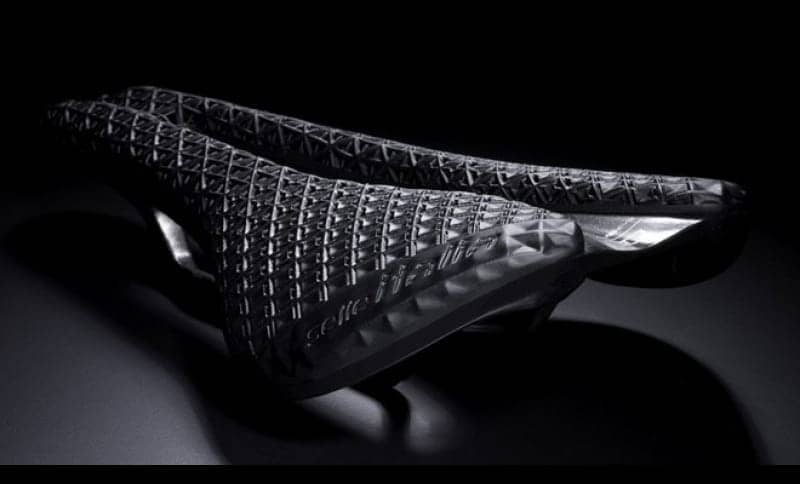
Real-world performance and adoption
Since their introduction, 3D-printed saddles with EPU 41 Carbon have proven their reliability and performance in real-world scenarios.
Professional Cycling Events: Giro d’Italia, Tour de France, Vuelta a España
Production Volume: Over 30,000 saddles manufactured
Rider Feedback: Increased comfort, reduced fatigue, improved pedaling efficiency
This demonstrates strong market demand and validates the technology’s ability to solve common cycling problems, such as numbness, hot spots, and vibration fatigue.
Questa collaborazione ha consolidato il ruolo di Selle Italia come leader nel mercato e ha offerto ai ciclisti, sia professionisti che amatori, prodotti all’avanguardia, migliorando le loro performance e il comfort durante le lunghe distanze.
Selle Italia e Prototek, attraverso la combinazione di produzione additiva e materiali innovativi, stanno tracciando il futuro del ciclismo, ponendo solide basi per ulteriori innovazioni.
Who benefits from 3D-Printed Saddles?
Brand-intent users
Cyclists already familiar with Selle Italia, Prototek, or Carbon materials can leverage these saddles for maximum performance, knowing they are investing in cutting-edge technology backed by reputable brands.
Problem-intent users
Cyclists unfamiliar with the brands or 3D printing can experience tangible benefits:
Customizable comfort for long rides
Optimized energy return and pedaling efficiency
Reduced pressure points and better weight distribution
The versatility of 3D-printed saddles ensures that both types of users gain value from their investment.
Advantages of 3D Printing for cycling saddles
3D printing is more than just a manufacturing method—it enables innovations that traditional saddles cannot achieve:
Custom Geometry: Tailors to anatomical variations
Complex Structures: Internal lattice designs reduce weight while increasing strength
Rapid Prototyping: Faster iteration of saddle designs based on rider feedback
Sustainable Production: Less material waste compared to traditional molding
These advantages solidify 3D-printed saddles as the future of high-performance cycling equipment.
Future outlook: innovation meets cycling
Selle Italia and Prototek continue to push the boundaries of saddle technology. Through additive manufacturing and advanced elastomeric materials like EPU 41 Carbon, they are defining the next generation of cycling comfort and efficiency.
With continuous research and development, future 3D-printed saddles may include:
Personalized anatomical mapping for each rider
Advanced materials that adapt dynamically to riding conditions
Integration with smart sensors for performance tracking
The combination of innovation, material science, and user-focused design ensures that 3D-printed saddles remain at the forefront of cycling technology.
Conclusion: Experience the Future of Cycling
Whether you are a professional racer, an endurance enthusiast, or a casual rider, 3D-printed saddles offer a blend of comfort, performance, and technological innovation that was previously unattainable.
Selle Italia and Prototek’s collaboration demonstrates how 3D printing and EPU 41 Carbon can transform cycling equipment, offering:
Tailored comfort for diverse riding styles
High energy return and efficient pedaling
Durability and long-term performance
Explore the full range of 3D-printed saddles today and discover how additive manufacturing is revolutionizing cycling.
Would you like to learn more about the potential of 3D printing for high-performance cycling components?

